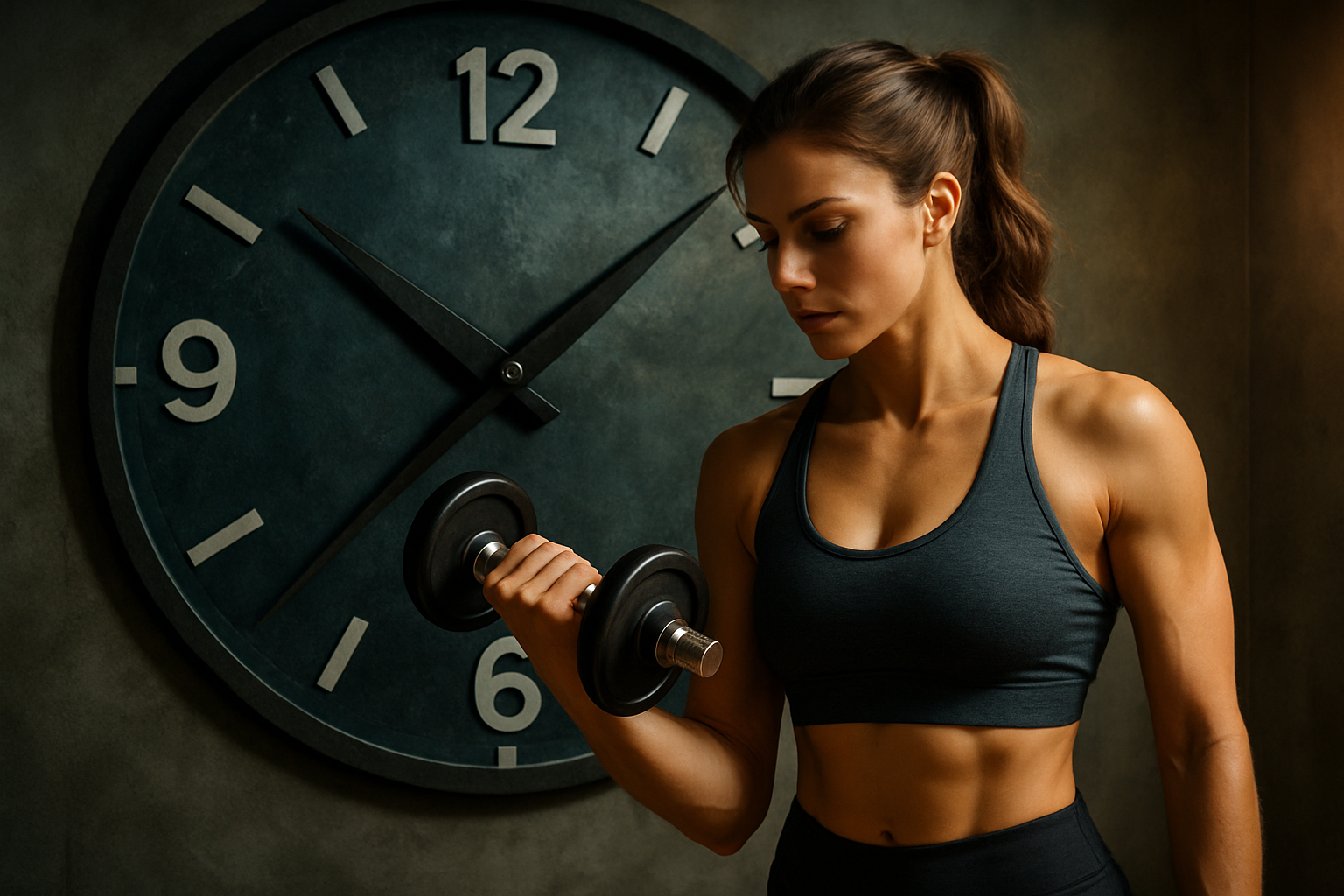Chrono-Fitness: Optimizing Workouts with Circadian Rhythms
In the ever-evolving world of fitness, a groundbreaking approach is reshaping how we think about exercise timing and effectiveness. Chrono-fitness, the practice of aligning workouts with our body's natural circadian rhythms, is gaining traction among athletes, fitness enthusiasts, and researchers alike. This innovative method promises to revolutionize personal training schedules, enhance performance, and accelerate recovery. By tapping into the body's innate biological clock, chrono-fitness aims to maximize the benefits of physical activity while minimizing the risk of injury and burnout. As we delve deeper into this fascinating intersection of chronobiology and exercise science, we'll explore how this approach could transform the fitness landscape and help individuals achieve their health goals with unprecedented precision.

For instance, cortisol levels typically peak in the morning, promoting alertness and energy, while melatonin rises in the evening, preparing the body for rest. Understanding these patterns allows fitness enthusiasts to strategically time their workouts for optimal results. Studies have demonstrated that certain types of exercise may be more beneficial when performed at specific times of the day, aligning with our body’s natural peaks in performance-related biomarkers.
Optimizing Workout Timing for Different Goals
The beauty of chrono-fitness lies in its ability to be tailored to individual fitness objectives. For those aiming to build muscle mass, research suggests that afternoon and early evening workouts may be most effective. During this time, body temperature is higher, muscle strength peaks, and testosterone levels are elevated, creating an ideal environment for hypertrophy and strength gains.
Conversely, for fat loss and cardiovascular health, morning workouts might hold an edge. Early exercise has been shown to boost metabolism throughout the day and improve insulin sensitivity. Additionally, morning workouts may help establish a consistent routine and promote better sleep patterns, which are crucial for overall health and fitness.
Endurance athletes can also benefit from chrono-fitness principles. Long-distance runners and cyclists might find that their performance improves during afternoon sessions when their lung function is at its peak and perceived exertion is lower. However, those training for events scheduled at specific times should consider adjusting their workout timing to match their competition schedule, allowing the body to adapt to performing at that particular time of day.
Chrono-Nutrition: Fueling the Body Clock
An essential component of chrono-fitness is chrono-nutrition, which involves timing nutrient intake to support circadian rhythms and exercise performance. This approach goes beyond the traditional pre and post-workout meals, considering the body’s varying metabolic rates and nutrient absorption capabilities throughout the day.
For instance, consuming carbohydrates in the morning can help replenish glycogen stores and provide energy for early workouts. Protein intake might be more beneficial in the afternoon and evening when the body is primed for muscle protein synthesis. Understanding these patterns allows individuals to optimize their nutrition strategy, supporting both their fitness goals and overall metabolic health.
Moreover, chrono-nutrition extends to the timing of supplements. For example, creatine supplementation might be more effective when taken post-workout in the evening, aligning with the body’s natural anabolic state during sleep.
Implementing Chrono-Fitness in Daily Life
Adopting a chrono-fitness approach requires careful planning and self-awareness. It’s not just about scheduling workouts at optimal times but also about aligning other aspects of life with our circadian rhythms. This holistic approach includes managing sleep patterns, meal timing, and even exposure to natural light.
To implement chrono-fitness effectively, individuals should start by tracking their energy levels, mood, and performance at different times of the day. This self-assessment can help identify personal circadian patterns and optimal workout windows. Gradually adjusting workout schedules to align with these patterns can lead to improved performance and recovery.
It’s important to note that chrono-fitness is not a one-size-fits-all solution. Factors such as work schedules, family commitments, and individual chronotypes (whether someone is naturally a “morning lark” or a “night owl”) must be considered when designing a chrono-fitness routine.
The Future of Chrono-Fitness
As research in chronobiology and exercise science continues to advance, we can expect more refined and personalized chrono-fitness strategies to emerge. Wearable technology and AI-driven apps are already beginning to incorporate circadian data into their fitness recommendations, offering users real-time guidance on optimal workout timing and intensity.
The potential applications of chrono-fitness extend beyond individual fitness enthusiasts. Professional sports teams are exploring how to leverage circadian rhythms to enhance athlete performance and manage jet lag during travel. In the workplace, companies are considering how to integrate chrono-fitness principles into employee wellness programs, potentially boosting productivity and reducing health-related absenteeism.
As our understanding of the body’s internal clock deepens, chrono-fitness has the potential to revolutionize not just how we exercise, but how we approach overall health and well-being. By working in harmony with our natural biological rhythms, we may unlock new levels of physical performance, recovery, and long-term health benefits.
In conclusion, chrono-fitness represents a paradigm shift in the fitness industry, offering a more nuanced and personalized approach to exercise and nutrition. As we continue to unravel the complexities of our body’s internal clock, the future of fitness looks brighter – and more precisely timed – than ever before.





